The Gray and Fin Whale Parade Continues!
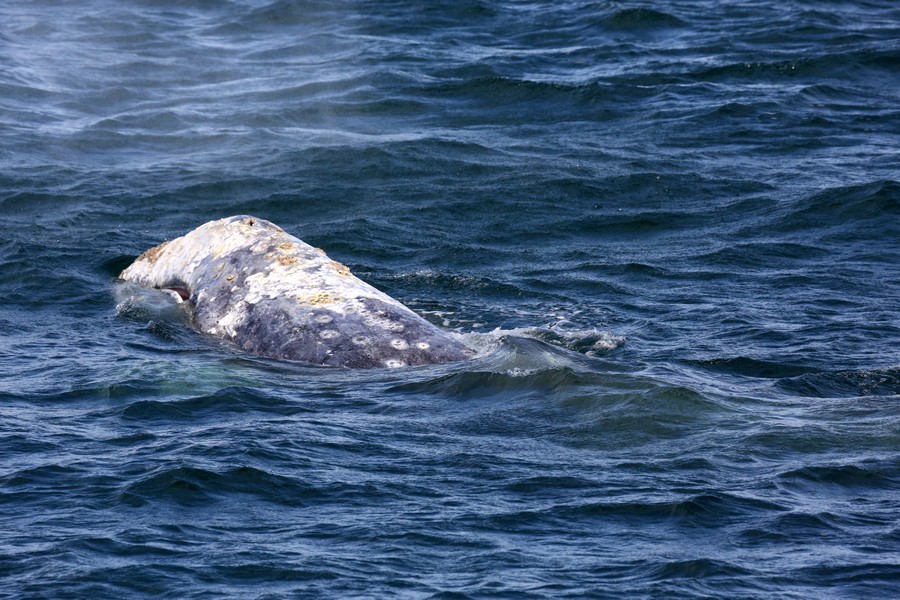
Gray whale rostrum and blow holes Credit: Aquarium of the Pacific
James S.
Thursday, April 12, 2018
Hello everyone, it’s been very exciting on the whale watches recently, we’ve seen lots of fin whales, gray whales, dolphins, and an early blue whale! The blue whale took the crew and guests by surprise, not that we haven’t seen March/April blue whales before, but it was a great sighting for everyone. All three whale watches from Long Beach were able to observe this individual throughout the day.
In other whale news, the gray whales have been pretty active this spring feeding in the harbor area before they continue north. It is often misunderstood that whales don’t feed during a migration. Whales traveling without a calf will sometimes stop to feed during their travels, blue whales like to stop in California in the summers during their migrations. Similarly we’ve seen numerous gray whales stop in the area to feed. In one of our blog photos you can see the muddy water around the gray whale as it filters out the crustaceans from the mouthful of mud it picked up from the sea floor. Gray whales use a form of suction feeding to pull in some mud from the sea floor and then will use the ocean water to help “wash” the mud to strain out the crustaceans.
Keep in mind that gray whale cow/calf pairs are not stopping for the mother to feed, just to nurse the calf. Coincidentally we think we had a chance to observe a gray whale nurse. You might be wondering how we would know if there’s no underwater cameras to watch them? Some of the behaviors our naturalist and photo ID intern observed were the cow/calf pair stopping and then the calf turning belly side up with parts of the fluke sticking up just barely above the water surface, from this position the calf can tread water and be still enough to eat the thick milk that whales produce. The calf has to signal to the mother that it wants to feed by nudging and bumping the mother’s underside near their inverted teat. What an exciting opportunity for the whale watch to be able to observe.
One of the other fun things I learned this past couple weeks was from a new science article in the journal Science Advances that discusses the analysis they did to look at whale genetics and their suggestions to remap the family tree of baleen whales based off of their findings. Gray and humpback whales would be reclassified into the same genus and group of whales known as rorquals based off of the genetics of the animals [1]. The journal is cited below if you would like to take a closer look at their work.
We also have another intern to introduce to our readers, take a look:
My name is Jordan and I am one of the spring interns for the Marine Mammal ID program. I grew up in the mountains of Northern California where I fell in love with the outdoors, particularly the ocean. My passions for the environment lead me to San Diego State University where I pursued a degree in marine biology. Throughout my college career, I worked in a marine ecology lab, studied abroad in Australia, and completed a fellowship at the San Diego Zoo. Recently I worked in the San Juan Islands educating boaters about marine mammals and photo identification of killer whales. My favorite part of interning at the Aquarium of the Pacific is never knowing what we are going to find each day on the water! In the future, I aim to take part in conservation research and pursue a master’s degree!
Well if you haven’t purchased your combo ticket to the Aquarium of the Pacific and Harbor Breeze cruises now is a great time! Gray whale season will slowly come to an end around early May and then we’ll have to wait for the blue whales to show up.
See you on the water!
[1] Ãrnason, Ãlfur, et al. “Whole-Genome Sequencing of the Blue Whale and Other Rorquals Finds Signatures for Introgressive Gene Flow.” Science Advances, vol. 4, no. 4, 2018, doi:10.1126/sciadv.aap9873.
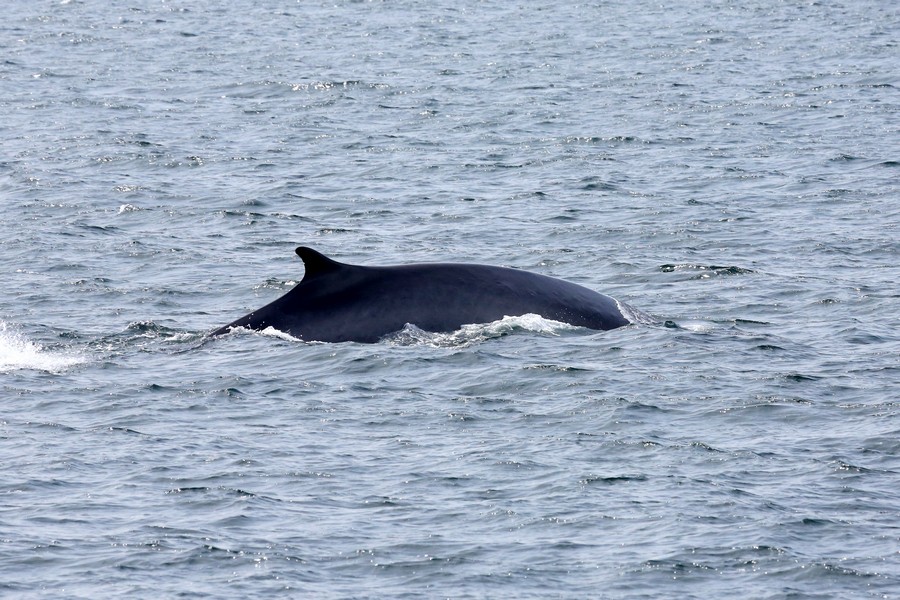
Fin whale dorsal fin, right side Credit: Aquarium of the Pacific
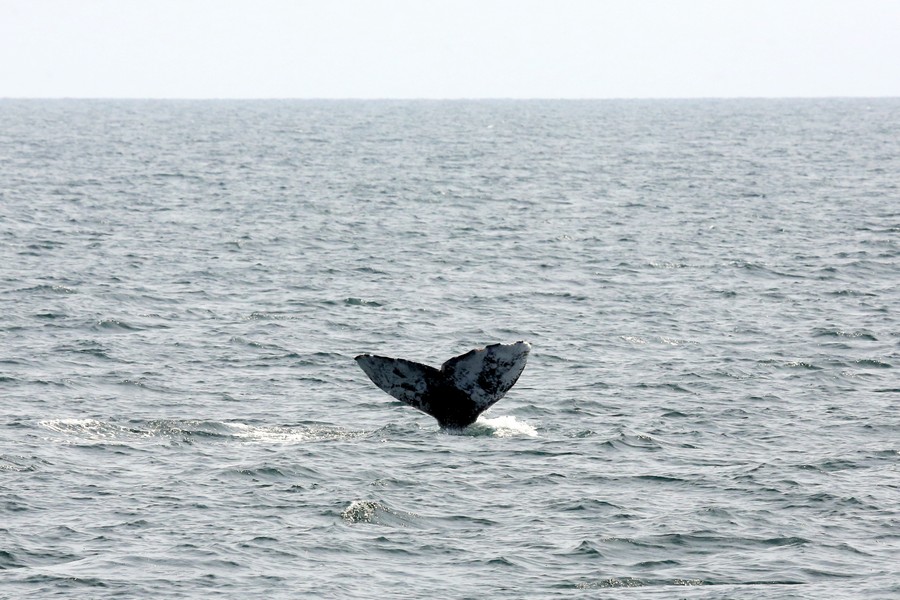
Gray whale fluke above water with unique scars and marks Credit: Aquarium of the Pacific
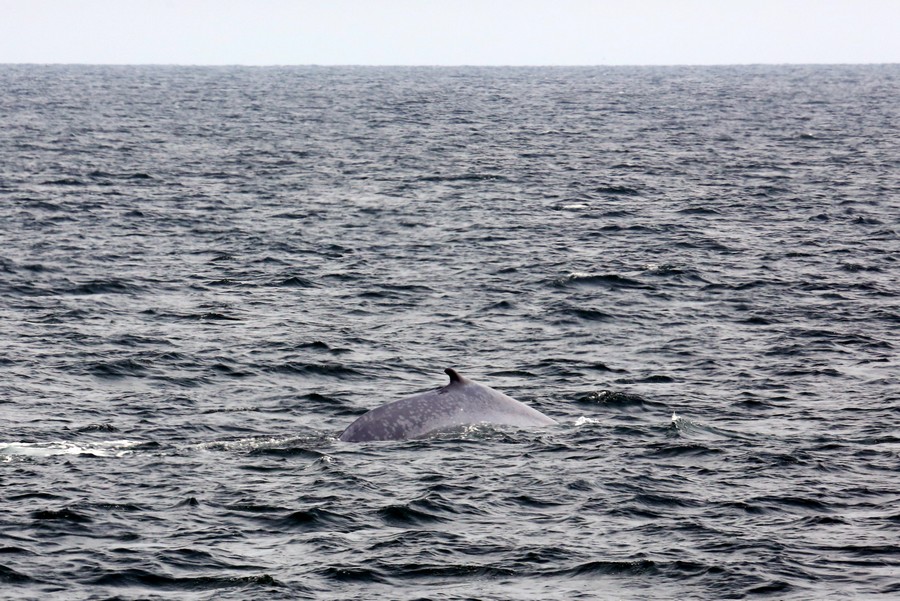
Blue whale right side dorsal at surface Credit: Aquarium of the Pacific
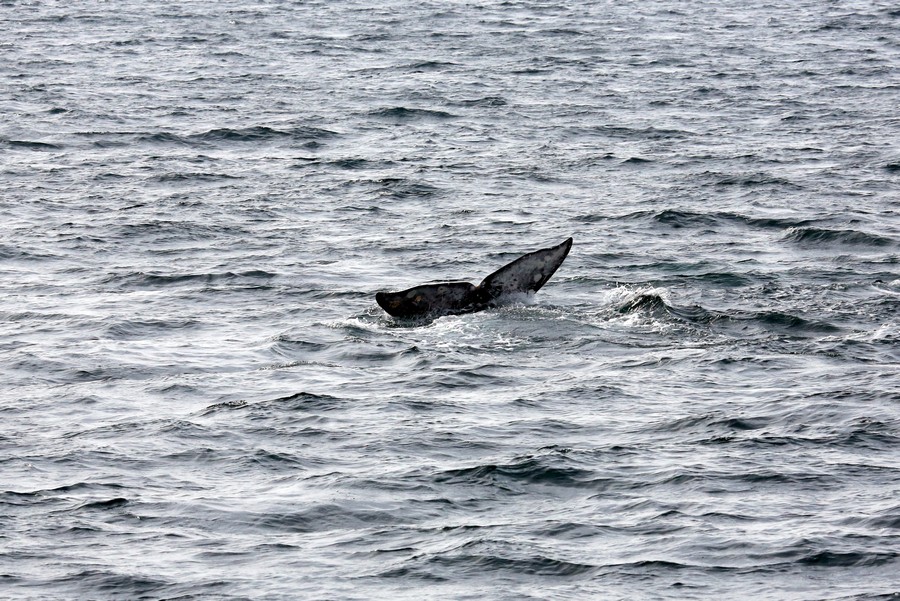
Gray whale fluke as the whale dives Credit: Aquarium of the Pacific
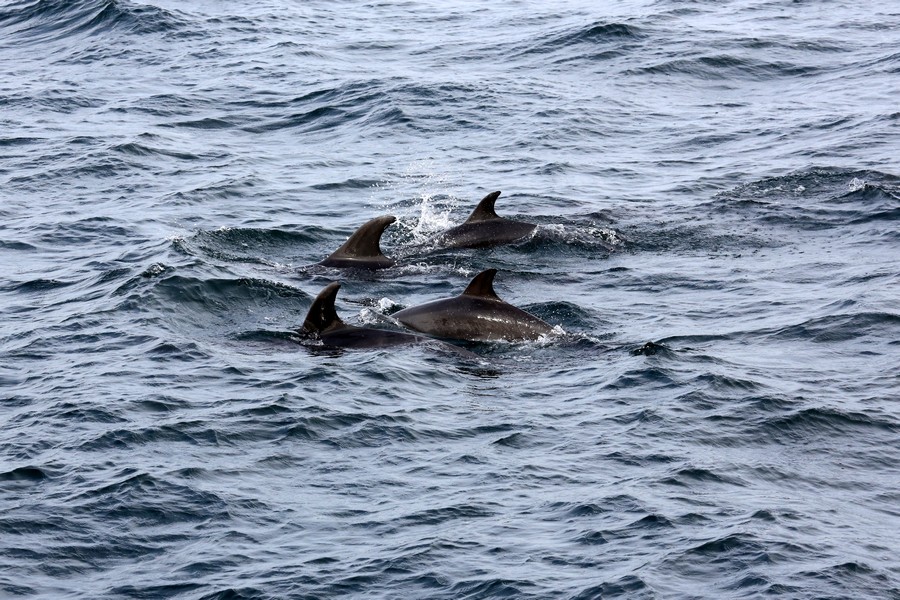
Group of 4 bottlenose dolphins Credit: Aquarium of the Pacific
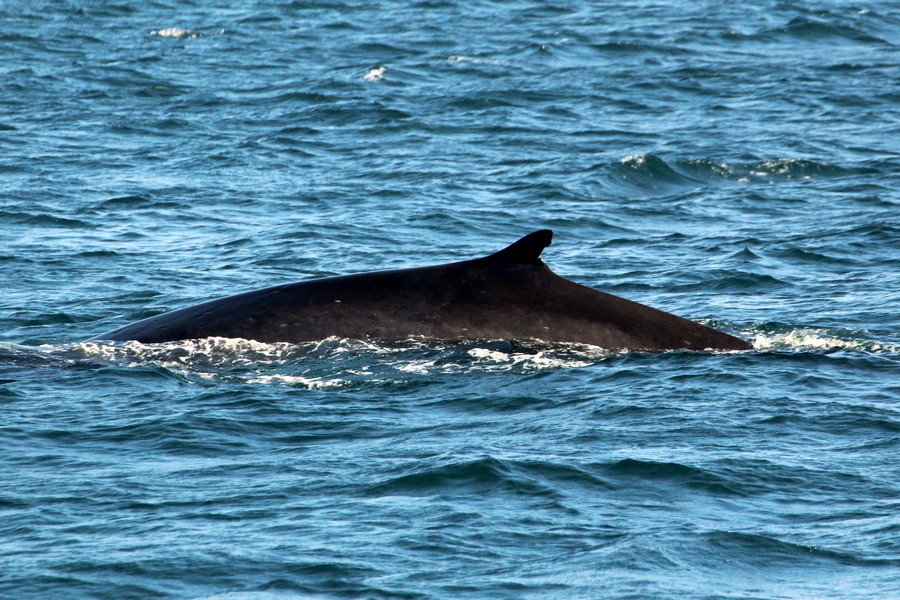
Fin whale dorsal fin, left side Credit: Aquarium of the Pacific
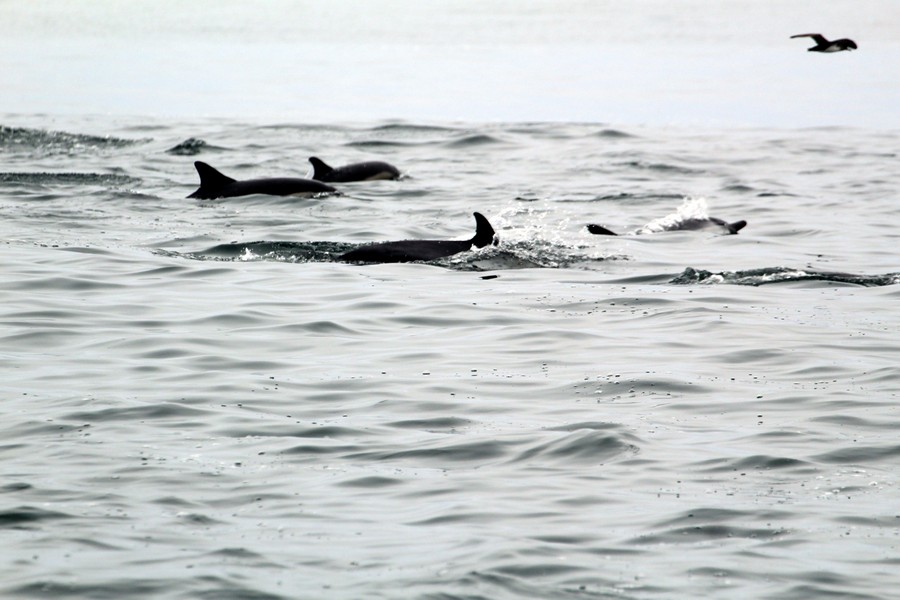
Common dolphins just above the surface Credit: Aquarium of the Pacific
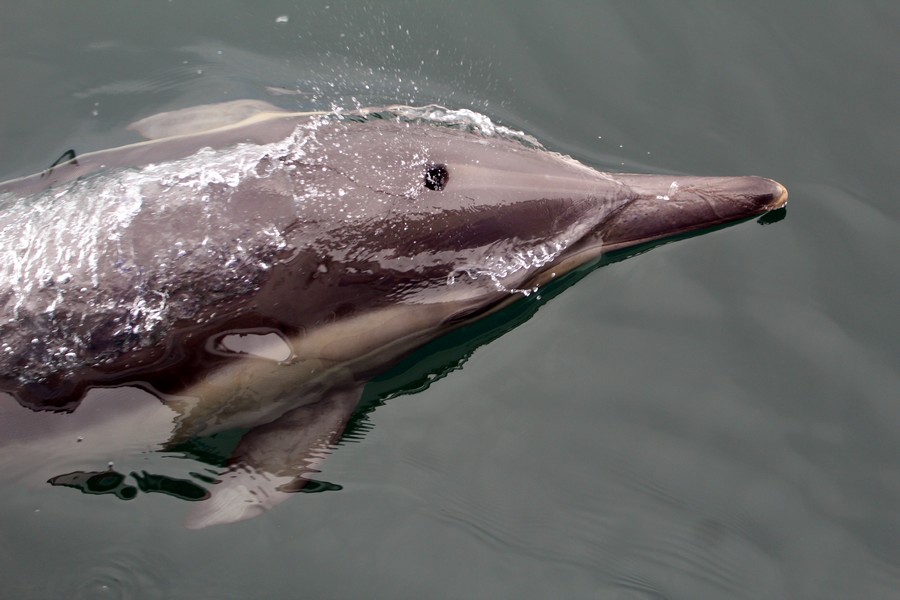
Looking down at the melon of a common dolphin Credit: Aquarium of the Pacific
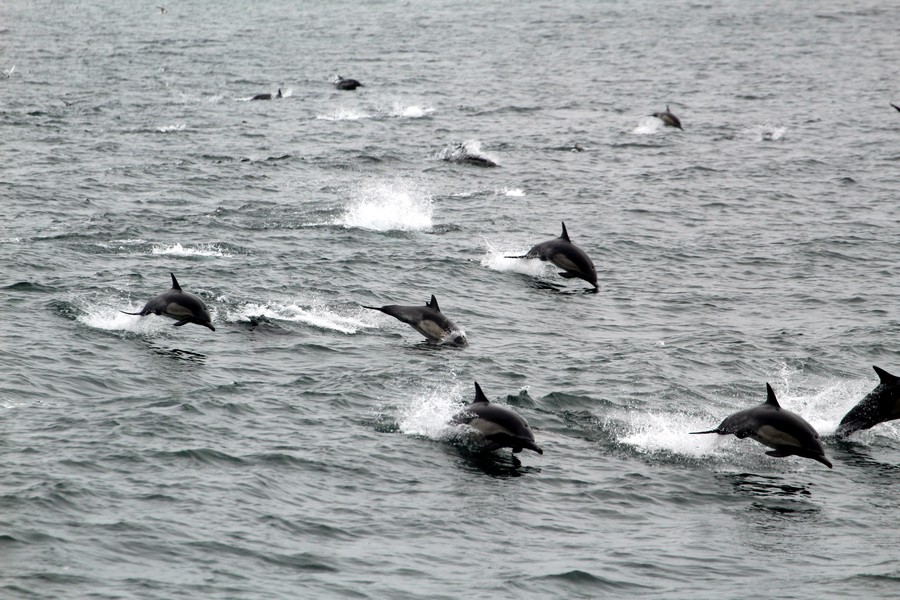
Large pod of common dolphins following the boat Credit: Aquarium of the Pacific
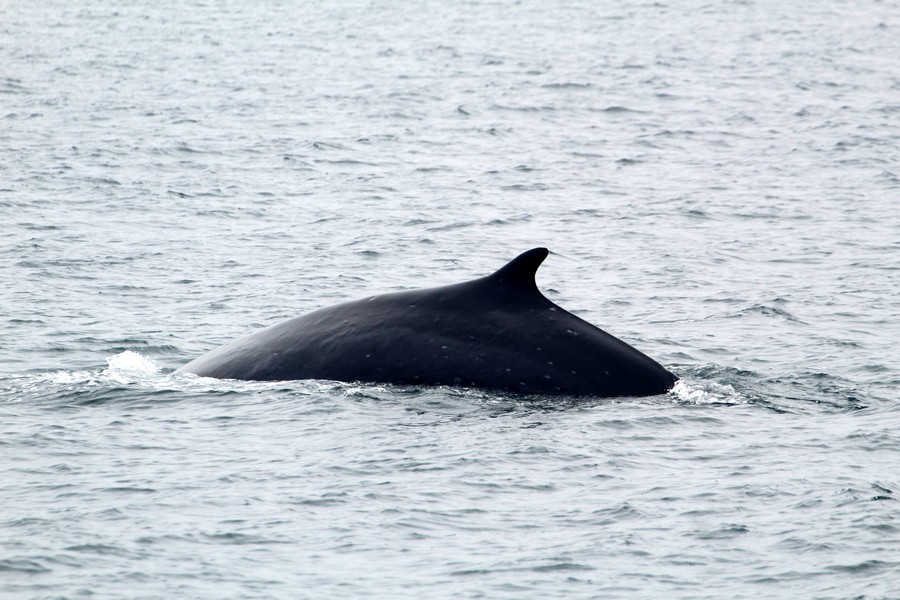
Fin whale dorsal fin, left side Credit: Aquarium of the Pacific
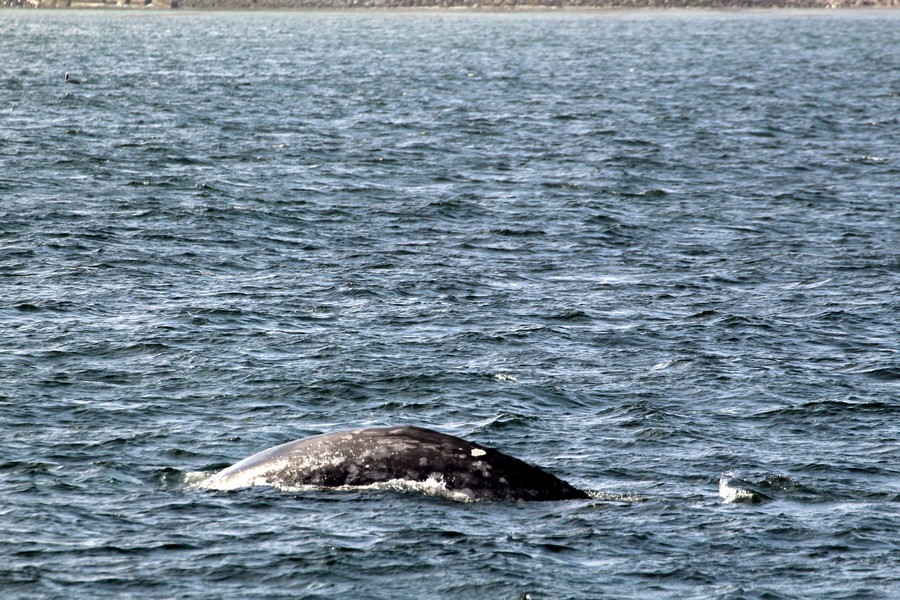
Gray whale dorsal ridge left side with distinct white spot Credit: Aquarium of the Pacific
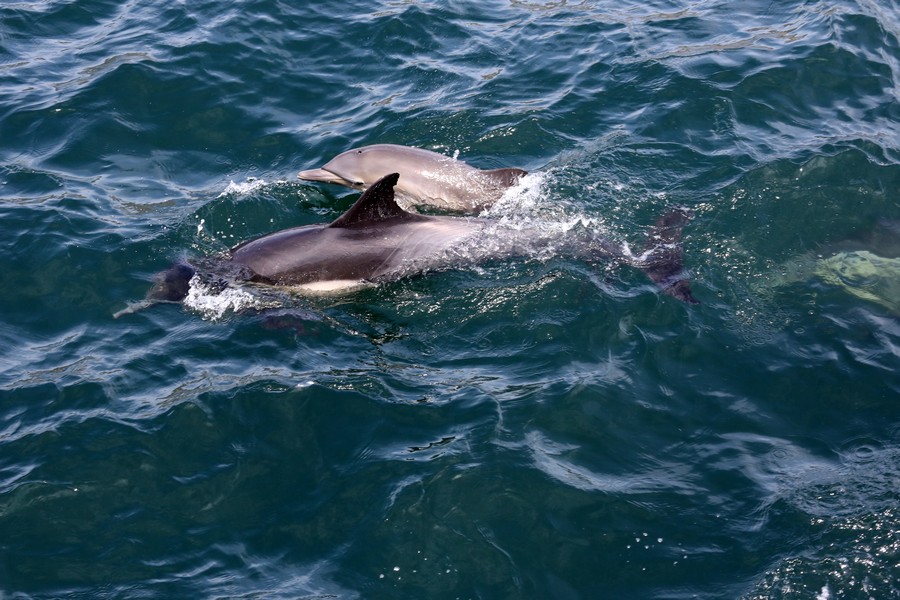
Common dolphin cow/calf pair viewed from above Credit: Aquarium of the Pacific
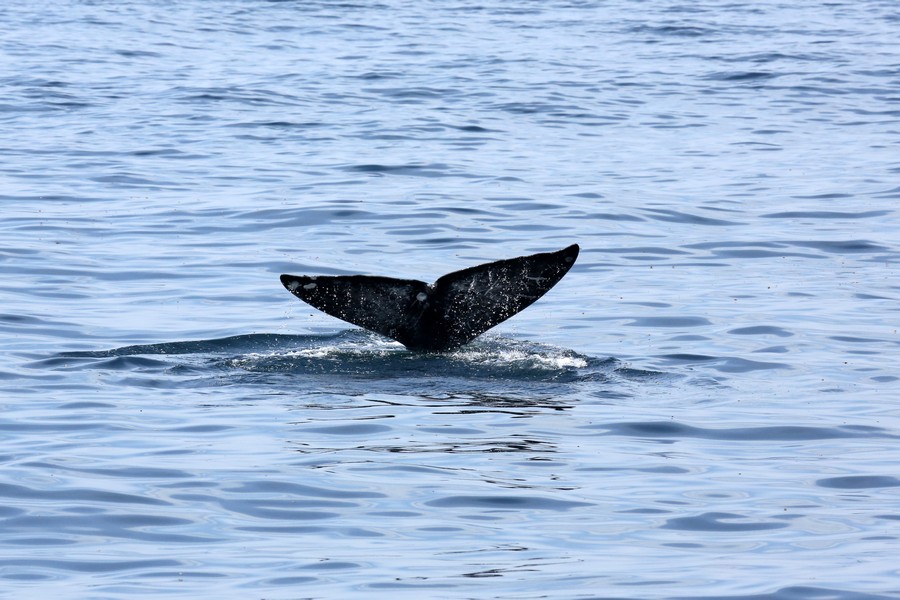
Gray whale fluke coming above the water Credit: Aquarium of the Pacific
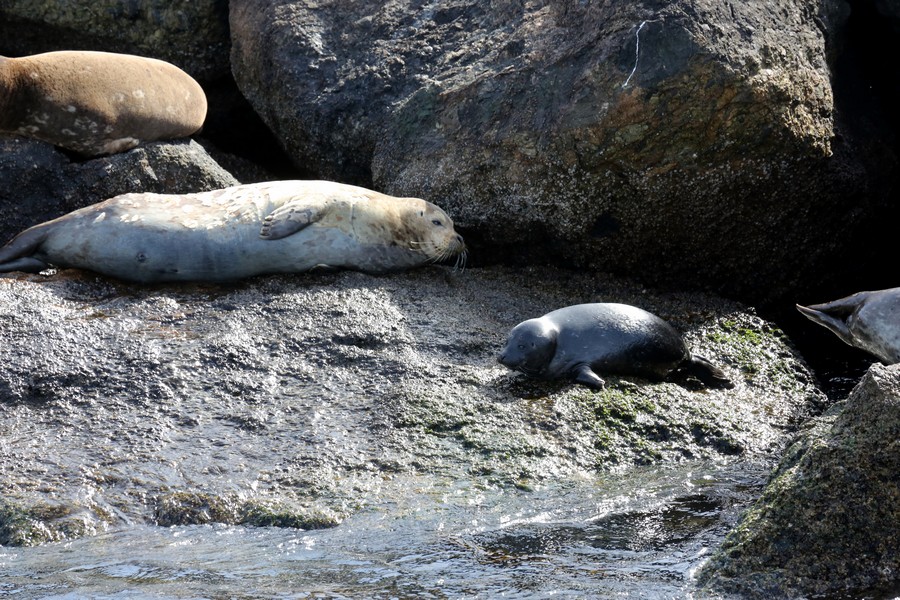
Harbor seals and pup sitting on the break wall Credit: Aquarium of the Pacific
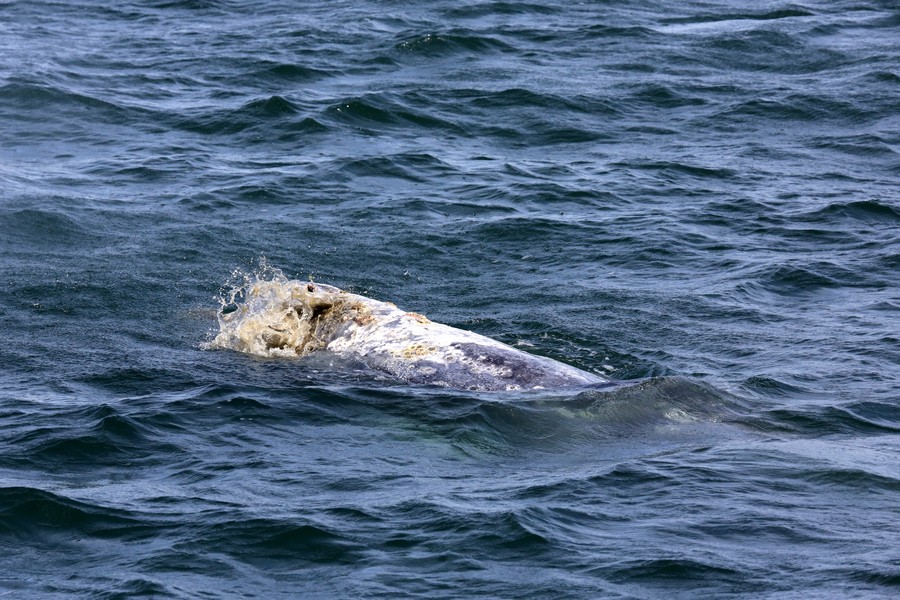
Gray whale blowholes and rostrum with muddy water along the sides of the mouth Credit: Aquarium of the Pacific
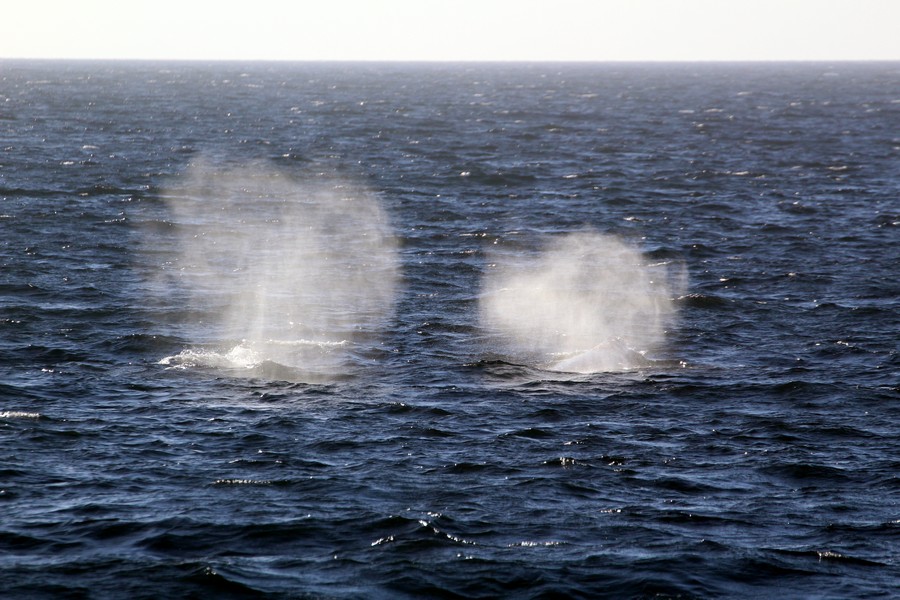
Two gray whales with blow in the air Credit: Aquarium of the Pacific

Gray whale breaching with the port and break wall in the background Credit: Aquarium of the Pacific

Gray whale missing entire fluke but healthy and swimming Credit: Aquarium of the Pacific
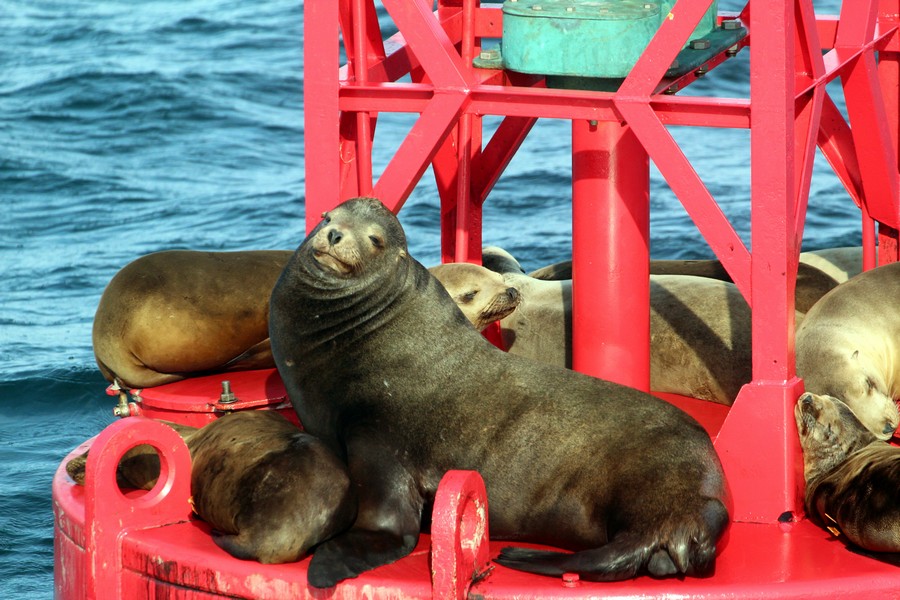
Sea lions sitting on a buoy with a large male in the center Credit: Aquarium of the Pacific
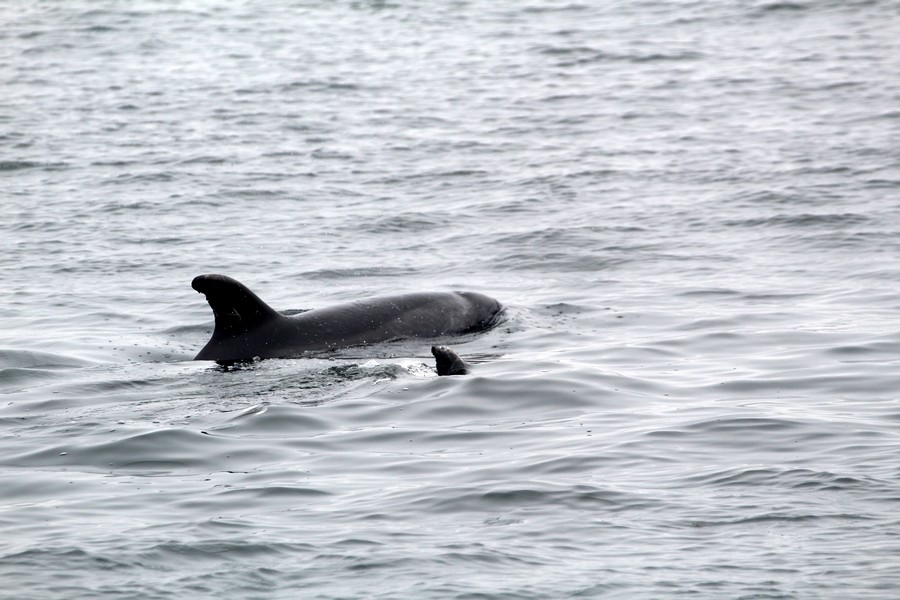
Bottlenose dolphins at the surface Credit: Aquarium of the Pacific
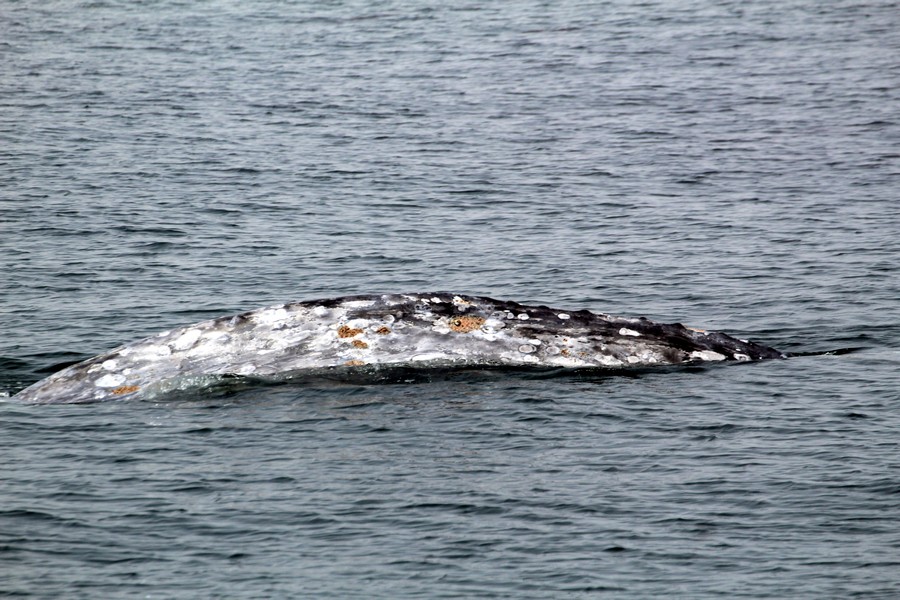
Gray whale dorsal ridge close up Credit: Aquarium of the Pacific
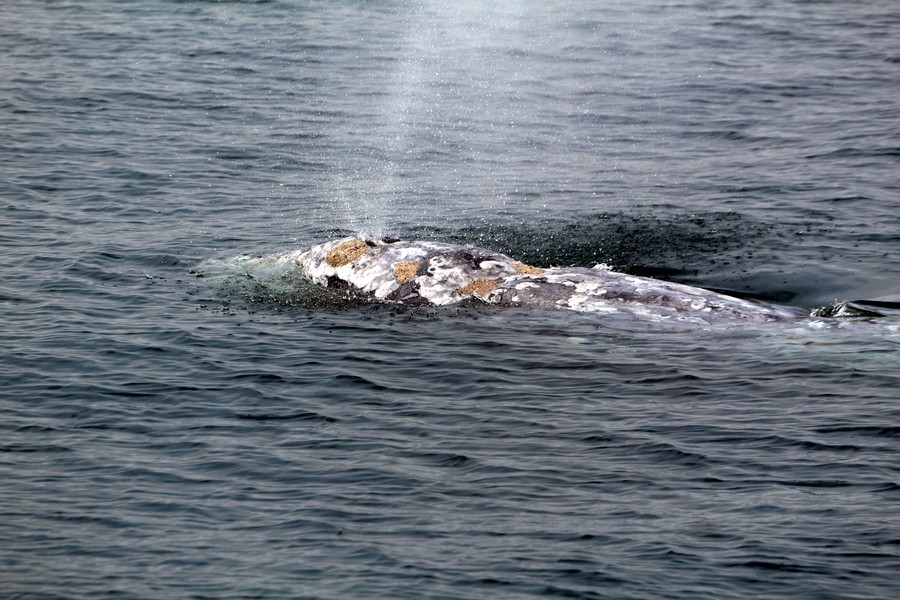
Gray whale at the surface with large older injury on its back Credit: Aquarium of the Pacific

